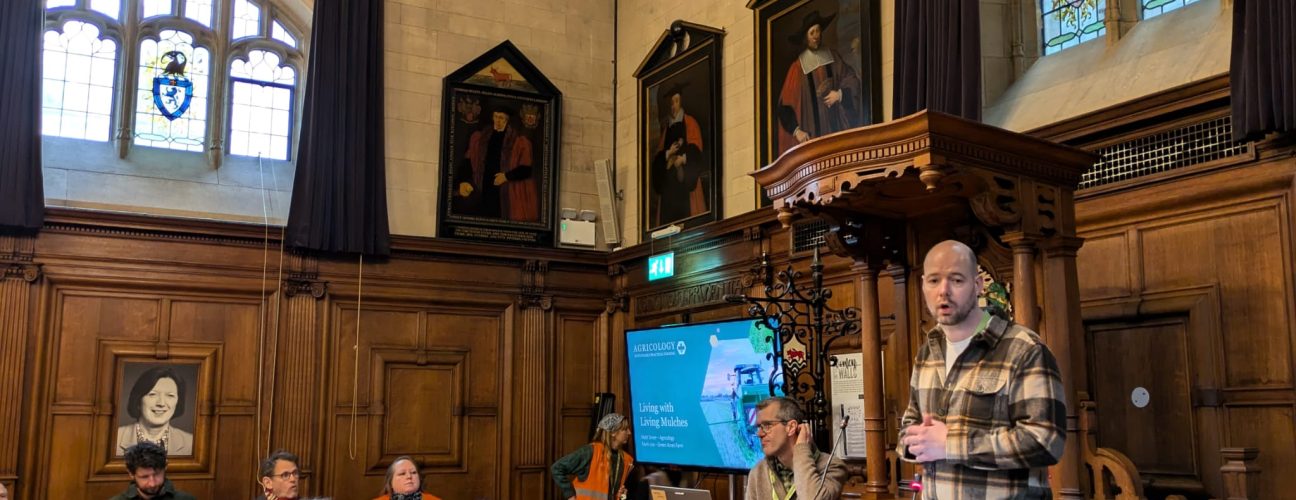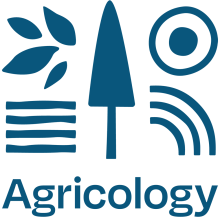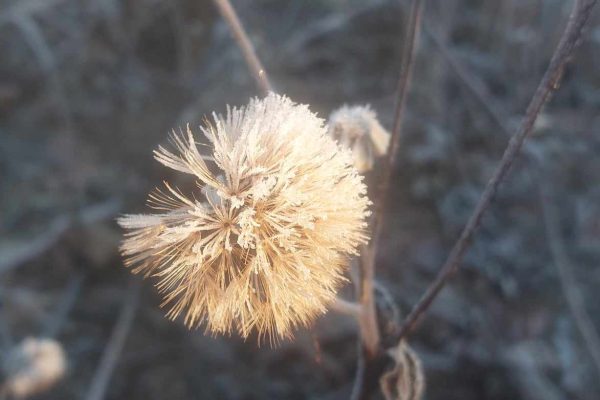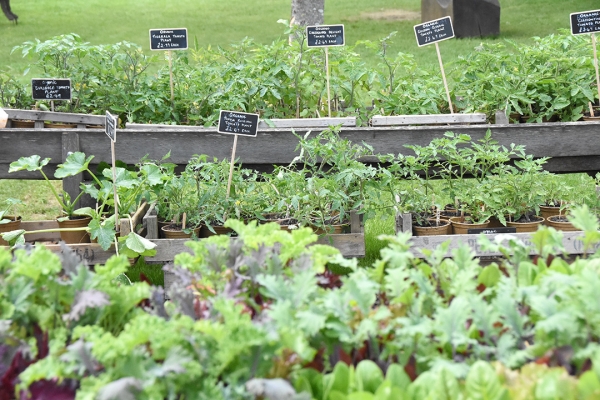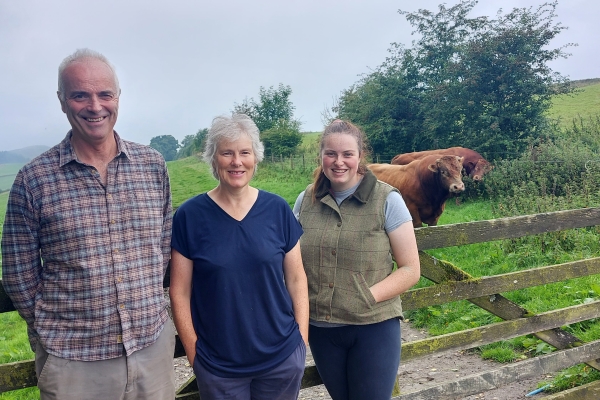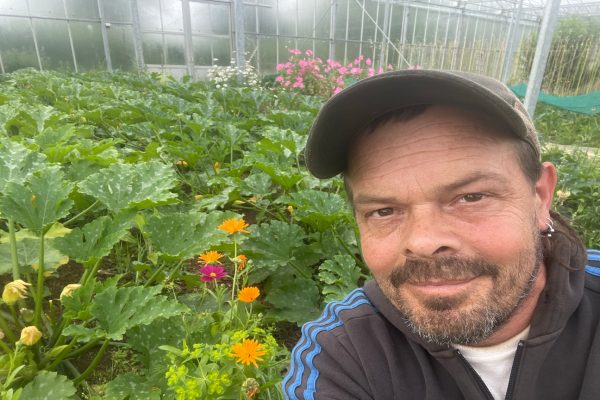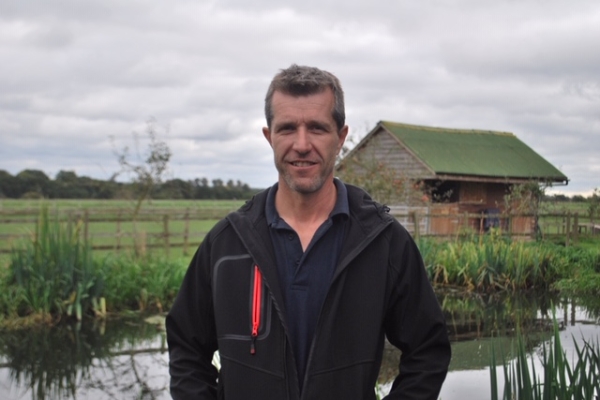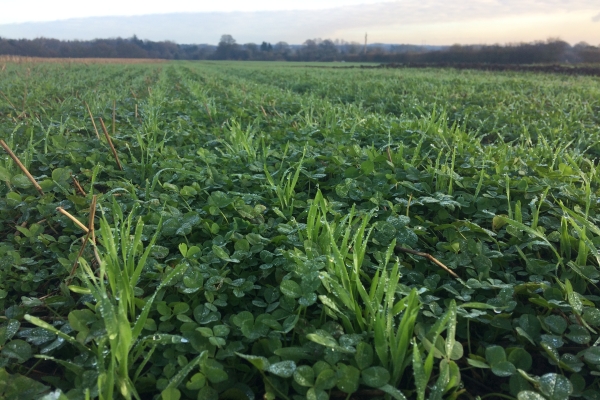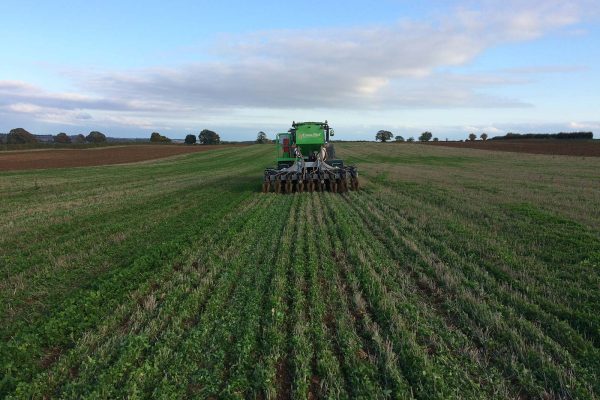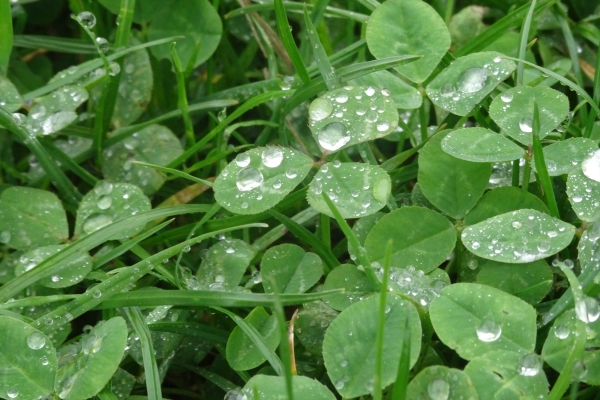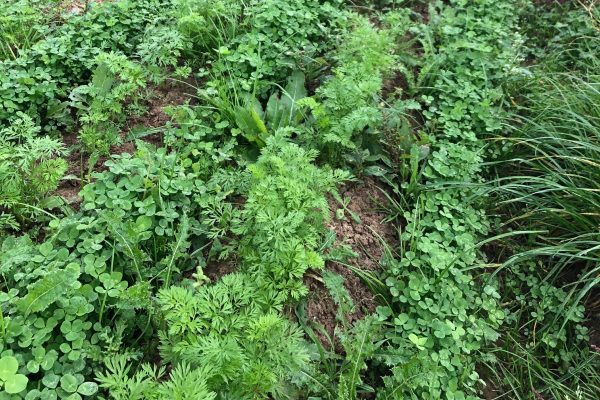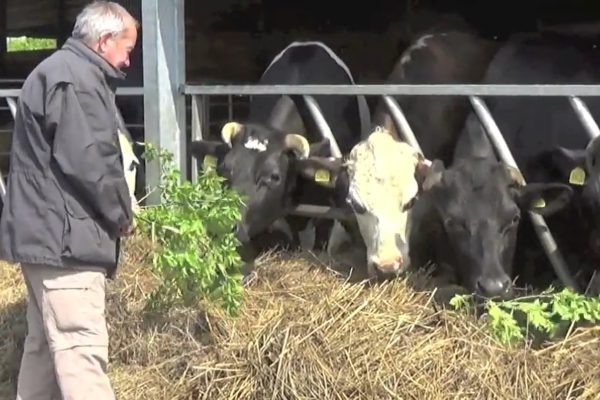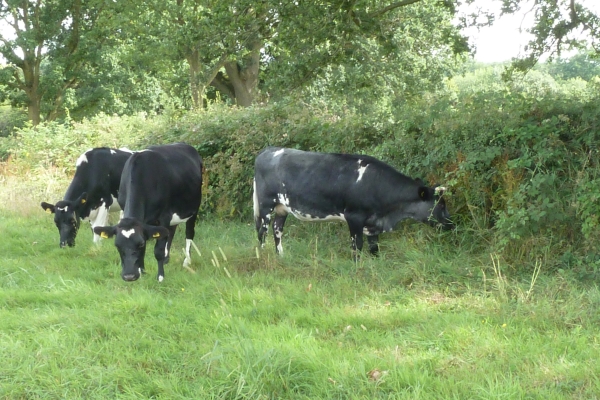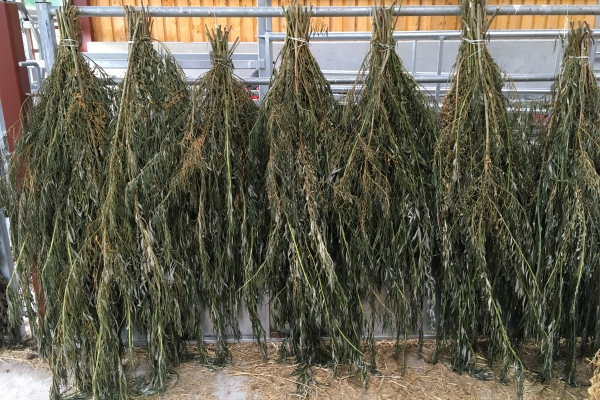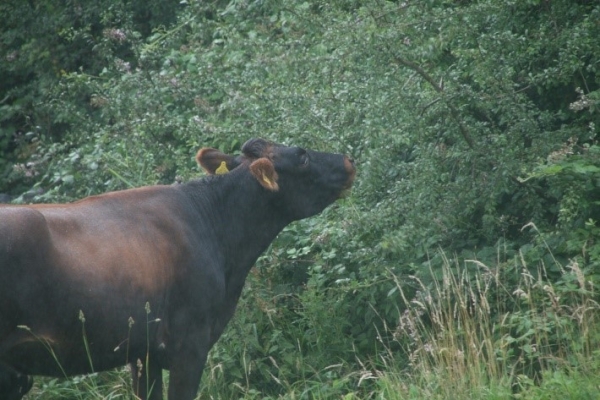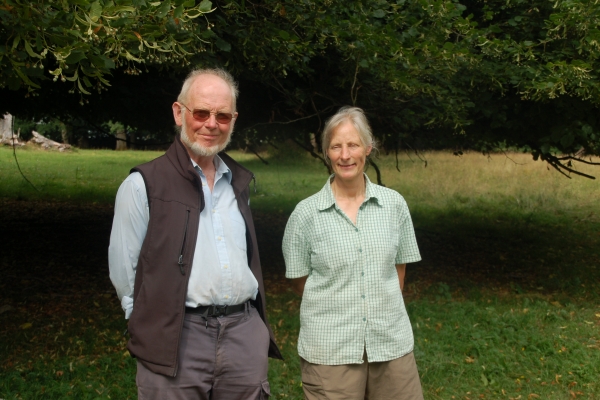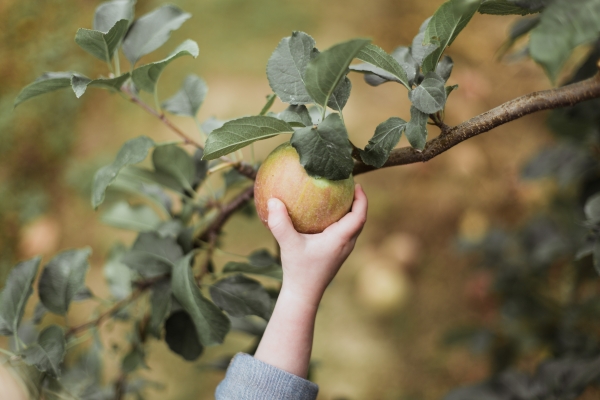Solidarity, Diversity, Resilience
We were delighted to take part and attend (in-person and on-line) the Oxford Real Farming Conference a couple of weeks ago. Ever inspiring, we thought we’d give you some of our reflections along with some useful resource recommendations that were highlighted in the sessions that we attended…
The conference kicked off with the focus firmly on farmers – starting with organic vegetable farmer Andy Dibben welcoming everyone and putting across his one word that was particularly significant to him – solidarity. He spoke passionately and stirringly about producing food, how it becomes harder every season as the weather intensifies. His message? Diversity is one of most important assets to farming – it offers the best resilience to climate change and challenging economic times. Farmers need to build a toolbox of techniques and learn when to use or not use them. Farming and food has never had such a high profile, but there has never been so much division as well. Many of the problems can be beyond our skill base as farmers. He urged everyone to step outside of our echo chambers after the conference and not just speak to the converted – all forms of activism are important to make the changes we need. “Together we are stronger, together we can deliver this revolution – solidarity.”

Andy was followed by five other inspiring speakers; Edu H Nualart (Words by Paola Laini of La Via Campesina), Jim Aplin, Sandra Salazar, Denise Walton and James Rebanks whose words collectively set the tone for what was to come; an inclusive, diverse, local and globally centred conference filled with heart, spirit, grit, passion and knowledge.
Matt Smee said “ORFC 2025 captured a mix of frustration over the lack of decisive government action and a shared determination among farmers to take charge of driving change themselves. This spirit of resolve fostered a deep sense of solidarity and highlighted the value of coming together in Oxford to exchange ideas, build connections, and strengthen confidence for another year of challenges in food and farming.”
This year, Agricology ran two sessions at ORFC, designed to delve into practical agroecological strategies. The first, ‘Living with Living Mulches‘, focused on the implementation of living mulches, with the brilliant Mark Lea (see header image). This hands-on session deconstructed the steps required for farmers to adopt living mulches, addressing the associated risks, challenges, and critical considerations at each stage of the process.

Complementing this, we hosted a session on tree fodder, ‘Tree Fodder – What, Why and How‘ led by Dr Lindsay Whistance from the Organic Research Centre. She and Matt Smee explored the principles, applications, and benefits of browse, tree hay, and tree fodder, providing a comprehensive overview of their role in sustainable farming systems.
Both sessions form part of a broader initiative Agricology is working on to create detailed technical guides on individual agroecological practices. These guides aim to provide farmers with actionable insights and evidence-based recommendations. The guide on living mulches is set for release in the coming weeks, while the tree hay guide will follow in the next few months, contributing to our growing body of practical resources for sustainable agriculture.

‘Doing Dairy Differently’, a session available to join online, particularly focused on enabling cow/calf contact, share milking with calves, integrating into arable systems, or finding alternative routes to market that create stronger connections between the farm and the consumer. Chaired by Sara Hall, who is part of the Pasture for Life research team and a researcher at Bristol Vet School, the session featured Phyllida Warmington – who has a family farm in Somerset, Anna Bowen a farmer in west Wales, 2021 Nuffield Scholar, and recently crowned Dairy Industry Woman of the Year, and Hallam Duckworth who runs a micro dairy in the Cotswolds based at FarmEd (Honeydale). They each described how they are making their cow/calf contact dairies (that allow calves to remain with their mother post-calving) work. Sarah Hall highlighted the growing public concern about the widespread practice of separating cows and calves and the growing focus on looking at calves remaining with their mothers for much longer. This has previously been very unresearched.
The recently launched TransformDairyNet project which aims to support farmers to upscale systems where calves can remain with their mothers or foster cows for an extended period, promoting natural behaviours, animal health and welfare, should provide some exciting evidence. Another recommendation is ‘Cow Calf Contact: Dairy’s Ethical Future?’, Anna Bowen’s Nuffield report. The Nuffield allowed her to visit 11 countries and conclude that cow/calf contact systems can be financially viable but further research is needed, and there is no silver bullet solution to animal welfare, but it does bring huge benefits, including (importantly) farmers saying that this kind of system makes them happier.
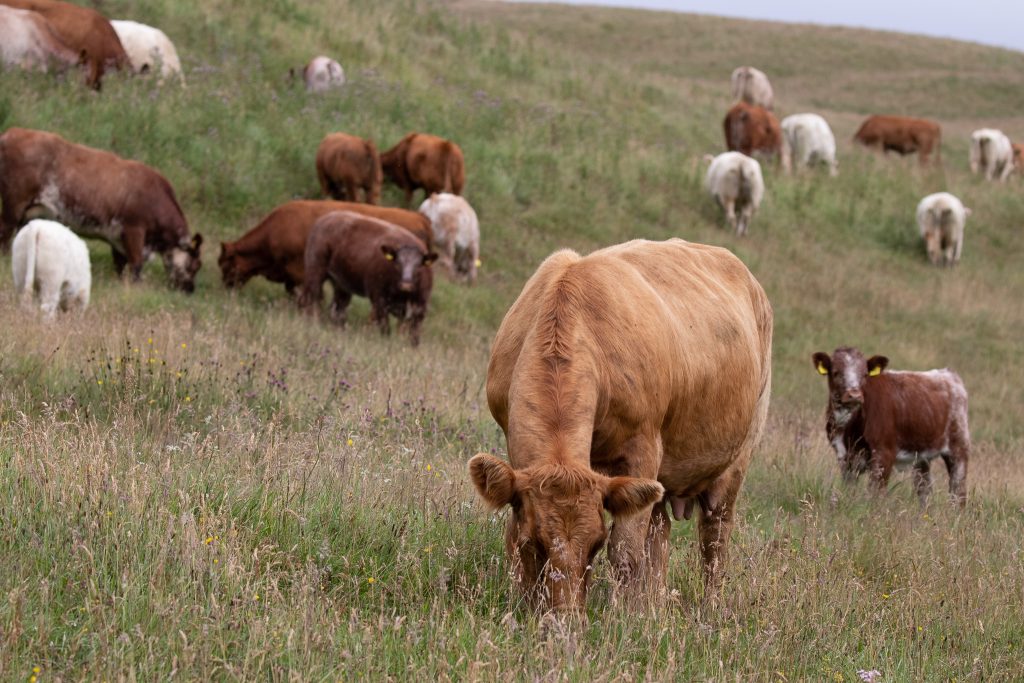
The session ‘Grazing for Good? Livestock and Biodiversity in the UK’ looked at some of the ways in which grazing animals can support nature recovery in the UK, by improving biodiversity outcomes in our farmed landscape, maintaining the condition of semi-natural habitats; and by helping in the delivery of ecological restoration projects. Chaired by Sustainable Food Trust (SFT)’s Patrick Holden, it featured Robert Barbour, Teleri Fielden, Plantlife‘s Grassland Advocacy Officer Jo Riggall, and Molly Biddell on the panel. Patrick Holden opened by saying that the SFT are in the final stages of completing a report on the role of grazing livestock and are hoping that it will create a public and international discussion, counteracting livestock being widely and wrongly blamed for generating emissions. Robert Barbour, the principal author of the report, described the grazing system on his family farm in Highland Perthshire – making the point that it is an actively farmed landscape and the biodiversity interest within it relies on managed grazing. Grazing livestock can play a beneficial role in arable landscapes too – enabling a major reduction in agrochemical use. He went on to talk about the different ways that can bring significant benefits for soil biodiversity and above ground biodiversity, including multi species temporary leys and integrating hedgerows and silvopasture.
He also made the point that many endemic species depend on grasslands and particularly low intensity grazing, with plant species and soil diversity being significantly lower in ungrazed grasslands. Grazing when done right has “dynamic disruptive influence.” Native livestock breeds are a key feature of many nature reserves for this reason. Cattle and sheep have often been seen as being the least friendly form of food production (taking away land that could be used for alternative uses etc) but he argued that we can have an agroecological food system where grazing livestock play a central role. He pointed people towards the ‘Feeding Britain From The Ground Up’ report – which outlines that changes in diet (amongst many other factors) will be required.
Teleri Fielden, who is farming in Nantmor, Gwynedd (Eryri/Snowdonia) with her husband, spoke about the need to manage habitats with cattle (which they are doing using mob grazing), particularly in special areas of conservation, and her belief in it being the only way to grow food and create a net gain for nature, pointing out benefits such as helping to control invasive species and repairing heavily compacted soils. Downsides? Challenging finances and infrastructure has to be spot on – there is a need to be very reactive and move with the seasons. Molly Biddell, Head of Natural Capital at the Knepp Estate, who also works at Hampton Estate said environmental outcomes is at the core of both businesses – cows are critical to the economic business case, and in both cases reintroducing cattle and allowing grazing herbivores to actively manage the landscape has helped restore biodiversity. A much reduced reliance on inputs has been a key outcome from reintroducing grazing.
‘Policy and Practice: Navigating the Future of Pesticides’ yielded some interesting discussions. Chair Barnaby Coupe (The Wildlife Trusts Land Use Policy Manager) spoke with Denise Walton, an organic low-input farmer in Scotland, Patrick Barker a large scale farmer in Suffolk, and AHDB Strategic and LEAF Demonstration Farm, and Nick Mole from Pesticide Action Network (PAN) UK. Barnaby mentioned the UK Food Security Report published just before Christmas which outlines, amongst many other things, that the impacts of climate change, biodiversity loss and water insecurity both at home and abroad remain pressing risks to food security. Fungicide use has increased globally by 75% since 1990. The emergence of resistant microbes and novel pathogens is a massive challenge to food security. He emphasised the need for farms to operate as businesses and be resilient (also highlighted in the Secretary of State’s speech at the Oxford Farming Conference the previous day). Many farmers are breaking away from an input-dominated business. Nick Mole emphasised the importance of farm income being a measure of success, not chasing yields. The Q and As explored some interesting questions; What is the pesticide industry’s role? What are the impacts of changing climate on pesticide policy?
A window into policy
Phil Sumption reports on two sessions focused on policy:
Defra Q&A — The Future of UK Farming Under Environmental Land Management
This focused on the future direction of Environmental Land Management Schemes (ELMs) through a detailed Q&A with Jonathan Baker, Deputy Director of Environmental Land Management Schemes at Defra. He began by highlighting the positives, noting that more than half of farmers are already engaged in environmental land management. However, he acknowledged that the pace of higher-tier scheme adoption has lagged behind farmers’ ambitions, emphasising the need to do more. He pointed out that achieving the right actions in the right places is a complex process that requires time.
He stressed the importance of ensuring that farmers receive adequate support, particularly through access to large-scale peer-to-peer advice. Regarding the future of Farming in Protected Landscapes (FIPL), he described the scheme as both flexible and popular. He assured attendees that FIPL advisers would be safeguarded, recognising their vital role. He also observed that most farmers prefer incremental changes, such as focusing on hedges and field edges. For those interested in more holistic approaches, options are available, but he cautioned that “thou shalt” directives are unlikely to succeed.
He has introduced the Accelerating Development of Practices and Technologies (ADOPT) fund, which aims to encourage farmer-led innovation and support increased production through new practices and technologies. Watch this space!
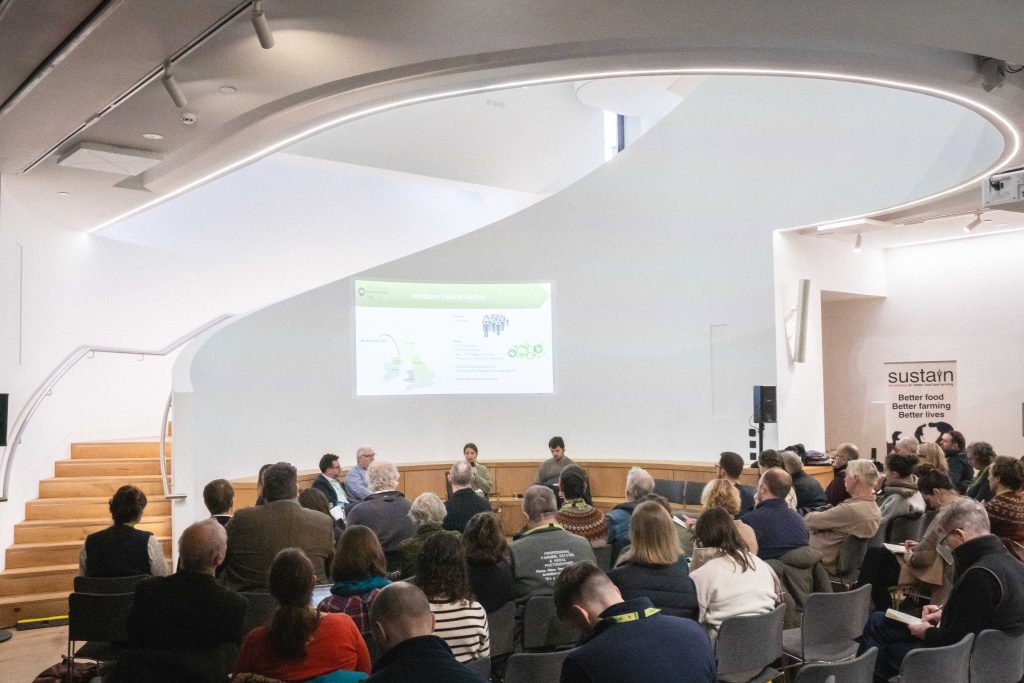
Agroecology Across the Four Nations: Unity and Divergence in Approaches
This session (pictured above) aimed to foster dialogue on emerging farming policies across the UK. The event brought together policymakers, NGOs and think tanks from England, Scotland, Wales, and Northern Ireland to outline each nation’s current vision for food and farming, and to discuss how governments are working to produce good food, restore nature, and tackle climate change.
Gian Marco Currado, Director of Rural Affairs at the Welsh Government, discussed proposals for a Woodland Opportunity Plan. The plan includes funding for planting trees and hedgerows, with scheme-wide targets and governance managed by farmer organisations.
Jill Montgomery from Northern Ireland Environment Link commented, “I would never go to policy for advice – I’d go to my farmer mates.”
Alex Mackaness, representing the Labour Climate and Environment Forum, emphasised the need for increased horticulture, more legumes, and greater resilience. He noted that the current policy framework in England does not provide the necessary resilience and called for stronger leadership.
George Burgess, Director of Agriculture and Rural Economy at the Scottish Government, highlighted the potential for integrating solar on farms with grazing, drawing a parallel with the successful coexistence of trees and grazing. He stressed that there is room for both.
Also see Phil’s article ‘Organic takes centre stage at Oxford Real Farming Conference’
Some key take home messages from the conference for me were:
- Stop pointing fingers at farmers – support them instead.
- Enabling rural communities to thrive is vital.
- Making it an exciting industry for young people to go into is vital.
- The environmental picture is very challenging wherever you are in the UK. The nature and climate crisis has been identified as the biggest long-term threat to food security.
- Solving the problems connected with the environment is everyone’s responsibility – we can each play a role – and we must.
